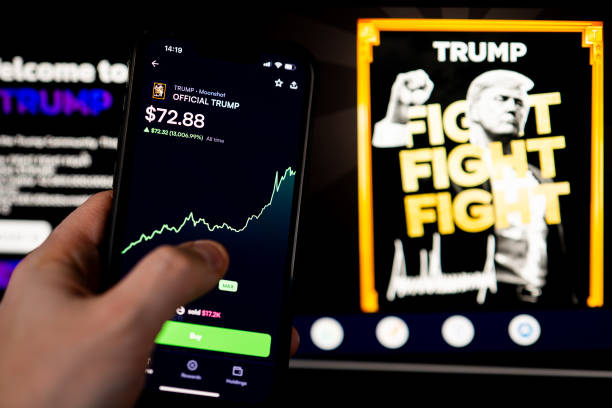Update Aug. 21, 11:55 am UTC: This article has been updated to add commentary from Nicolas Liochon.
Linea, a layer-2 (L2) solution operating on top of the Ethereum blockchain, has announced the arrival of its first contributor to its open-source L2 rollup project.
According to a press release shared with Cointelegraph, Status, a global collective building a digital platform for inclusive communities, has partnered with Linea to launch the Status Network.
“Status will be the first contributor to Linea’s open-source code [...] Developers at Status will engage directly with the Linea codebase, intending to operate an identical version of Linea in parallel, thereby strengthening the entire ecosystem.”
In a written Q&A with Cointelegraph, Nicolas Liochon, global lead at Linea, explained that the open-source code would “allow new actors to get in much more easily.”
“For open source developers, having multiple entities contributing makes the onboarding much easier. Not only the code is open source, but the building itself is open source.”
Related: Full decentralization will happen in a few years — Layer-2 rollup teams
Linea decentralization roadmap
The partnership represents a milestone in Linea’s longer-term decentralization roadmap to establish a more transparent, secure and collaborative ecosystem.
In the press release, Liochon stated that the team has been “focused on Linea’s open-source stack” since the successful launch of Linea mainnet alpha.
“Our collaboration with Status is a natural fit, given their significant contributions to core Ethereum operations and their strong consumer-facing focus through the Status app.”
He also told Cointelegraph that “having multiple companies” contributing to the code “helps to create a true decentralization at the component level.”
“…too many times, the source code is supported by a single organization, making them a centralisation point. Having more organizations makes the software more decentralised.”
Related: Layer-2 rollups must decentralize sequencers or face the consequences
Status network contribution to Linea
According to the press release, the Status team will contribute to “ongoing engineering on Linea,” including conducting research and “supporting client and prover diversity.”
Cyprien Grau, a Status core contributor, stated that the network and Linea have “a shared vision” to further decentralization on the Ethereum blockchain.
“We believe zk is the endgame for scaling and could not be more thrilled about this deep collaboration aimed to ultimately scale Ethereum horizontally.”
Related: MetaMask launches pilot self-custody debit card with Mastercard
Focus on zkEVM technology
Zero-knowledge Ethereum Virtual Machine (zkEVM) technology is at the core of Linea’s solution for scaling Ethereum.
The approach aims to address challenges involving high fees and low transaction throughput on the Ethereum blockchain through Linea’s zkEVM L2 rollup solution.
This latest development follows Vitalik Buterin’s recent statement in an Aug. 5 X post regarding cross-chain interoperability between Ethereum L2 networks
Buterin stated people would be “surprised by how quickly ‘cross-L2 interoperability problems’ stop being problems” and the resulting “smooth user experience” across the Ethereum ecosystem.
Magazine: 11 critical moments in Ethereum’s history that made it the No.2 blockchain











